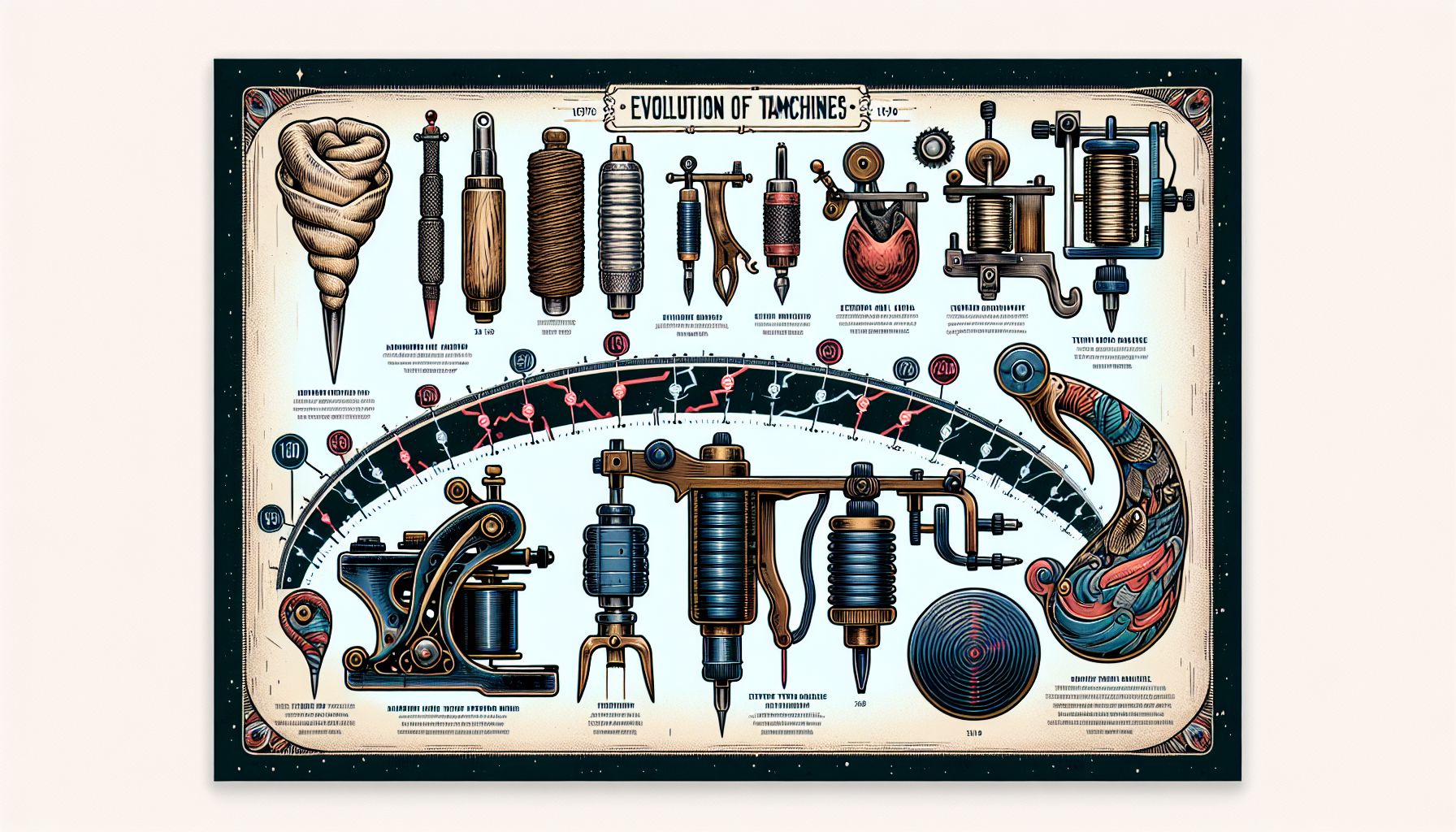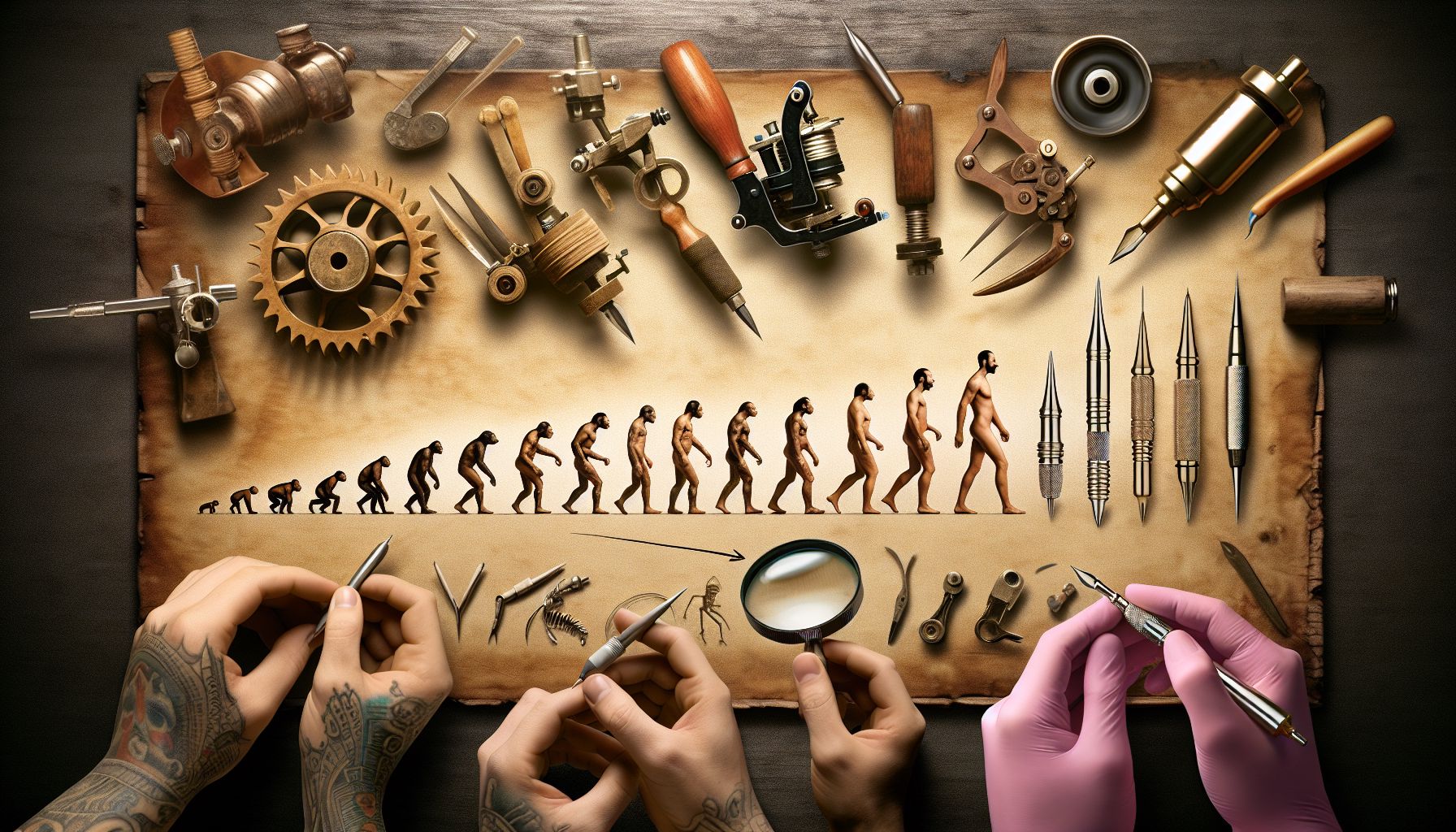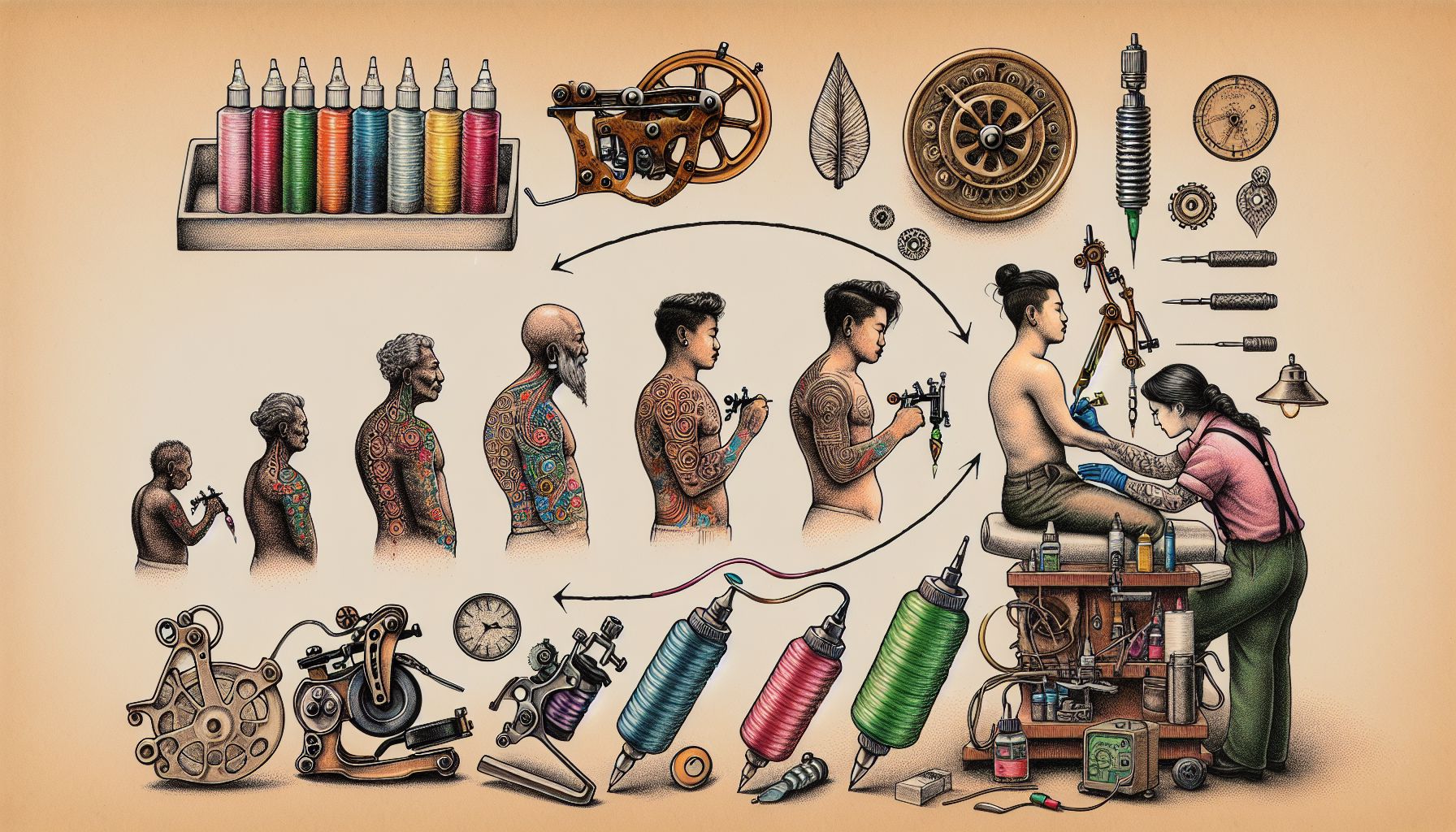Tattooing is an art form that has been evolving for thousands of years, and with it, the tools tattoo artists use. From the traditional hand-poke implements to the modern rotary and coil machines, tattoo supplies have changed dramatically, shaping how artists bring their designs to life on skin. In this post, we’ll dissect the centerpiece of any tattoo supplies kit: the tattoo machine.
The tattoo machine, often affectionately referred to as the “iron,” is the pulsating heart of the industry. It’s a piece of engineering that has borne witness to a fascinating evolution. As every seasoned tattoo artist knows, the choice of machine is integral to technique and style. Here, we’ll discuss the progression from the early days of tattooing to the cutting-edge technology available today, offering insights into what these developments mean for contemporary tattoo artists.
The Birth of the Modern Tattoo Machine
The forefather of the modern tattoo machine is the coil tattoo machine, which is credited to Samuel O’Reilly. O’Reilly based his design on Thomas Edison’s electric pen, and in 1891 he patented the first electromagnet coil-driven tattoo machine. This innovation was revolutionary, enabling artists to create tattoos with speed and precision that was unimaginable with traditional tools.
The Rise of the Coil and the Rotary
The coil tattoo machine works through electromagnetic coils which drive the armature bar up and down, moving the needles into the skin. This type of machine’s distinct buzz is almost synonymous with the word “tattoo.” These machines are known for their durability and power, making them suitable for various tasks from lining to shading.
At the other end of the spectrum, we have the rotary tattoo machine. It employs a small motor to move the needles, and due to its design, it is generally quieter and more gentle on the skin than coil machines. The smoother operation can result in less skin trauma and potentially faster healing times.
A Look Inside the Coil Tattoo Machine
As an artisan of the craft with years under my belt, I’ve wielded many a coil machine and marveled at its capabilities. The coil machine comes with various customization options. The coils themselves can be different sizes (8, 10, or 12 wraps generally), for fine-tuning the performance. You’ve got your front and back springs, which can also be adjusted for different needs and preferences.
The Versatility of Rotary Machines
With the rise of the rotary machine, we saw a dramatic shift in the paradigm of tattooing. These machines are adaptable and often regarded as a friendlier entry point for newcomers due to their ease of use. The direct drive rotaries offer a consistent hit, while others provide a “give” that mimics the give of a coil machine without the need for tuning.
Personal Anecdotes and Insights
In the days of my apprenticeship, rotary machines were often dismissed by old-school artists who were devout to their coils. I recall my mentor, an artist with ink-stained fingers and decades of experience, reluctantly agreeing to try a rotary machine. His skepticism quickly faded away as he found that the precision and quiet operation allowed him to work on detailed pieces with a new level of concentration.
Evolution and Tech Advancements
Tattoo machines have seen incredible advancements with tech integration—like wireless battery packs replacing the traditional clip cord and foot pedal setup. This freedom of movement redefines the way artists work, untethering them from their workstations.
What the Future Holds
Recently, we see a push towards modular machines, where artists can swap out components like motor bolts and stroke wheels, tailoring their machine to the day’s requirements. The future of tattoo machines lies in versatility, customization, and ease of use as artists continue to push the boundaries of what’s possible.
Choosing Your Tattoo Machine
It’s crucial for artists to choose a machine that resonates with their technique and style. There’s no “one size fits all” here—some love the weight and the feel of a coil machine in their hands, handling it as a natural extension of their body. Others prefer the lightweight build and ease of use that rotaries provide.
Final Thoughts
As we’ve seen, the tattoo world is ever-changing, and so are the supplies we use—most notably, the tattoo machine. They are the lifeblood of our art, driving needles, and creativity into uncharted territories of the human canvas.
Whether you’re an experienced tattoo artist or a shop looking to expand your collection of tattoo supplies, understanding the depth and progression of one of your most essential tools is vital. The tattoo machine has come a long way since its origins, and as technology burgeons, it promises to unveil even greater horizons for tattooing.
My recommendation? Research, test, and communicate with others in the community. Your perfect tattoo machine is out there, and it’s waiting to be a part of your next masterpiece. And when you’ve found the right one, you’ll know—it’ll fit in your hand and accompany your movements like a well-versed dance partner, only this one helps you ink your legacy into the world, one pulsating buzz at a time.



